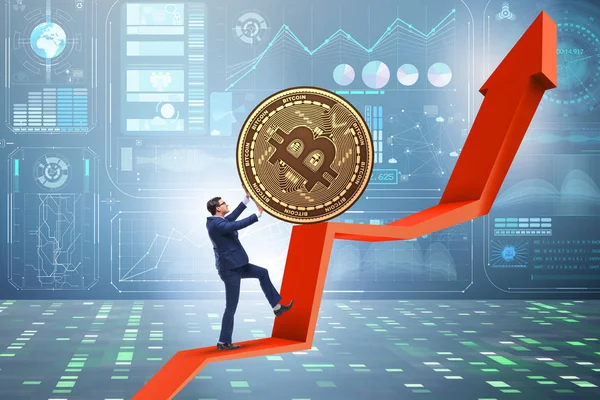Recently, the hottest topic in the global financial community has been Bitcoin's wild start to the year. Since the beginning of February, the price of bitcoin has soared to more than $60,000, and on February 29, it once exceeded $64,000, an increase of more than 40% in the past month. At the same time, the skyrocketing Bitcoin has attracted a large amount of capital injection, and the trading volume has hit a new record, and on February 28, it hit a record of nearly 7.7 billion dollars in a single day. Bitcoin's current momentum can be described as crazy, and how much longer will become the focus of global investors.
If we want to explore this topic, we need to delve into the reasons for this round of "wild" bitcoin. As an emerging digital asset, Bitcoin price fluctuations are affected by a variety of factors, including market sentiment, macroeconomic environment, technological innovation, regulatory policies, etc. First, the recent approval of the Bitcoin spot ETF has injected new vitality into the market, attracting a large number of mainstream and institutional investors' funds, which significantly increased the purchase demand for Bitcoin in the short term and pushed up the price. Second, the impending halving of Bitcoin in April has further stimulated optimism in the market. Bitcoin halving is a scheduled event that occurs every four years and slows down the supply of new bitcoins by reducing mining incentives. Finally, in the global macroeconomic environment, despite uncertainties, investors tend to seek out non-traditional assets for higher returns in the current environment of low interest rates and ample liquidity.
It can be said that the price of bitcoin has fluctuated along the way since its inception. From the initial $8,000 to $60,000. Previously, Bitcoin's all-time high occurred on November 10, 2021, when it approached $69,000. Since then, prices have fallen under the influence of the Federal Reserve's aggressive interest rate hike cycle, the closure of trading platforms in some industries and stricter regulation. Booms and slumps are almost the norm, and the multiple risks that markets face as a result of this anomaly cannot be ignored. Risk is an inherent attribute of financial activities, and the crypto industry is no exception. At present, the cryptocurrency market still faces potential negative factors such as increased macroeconomic uncertainty, the remaining "black swan" of the industry, and the unclear regulatory policy, which will become an important factor in how long Bitcoin is crazy.
At the same time that a large amount of money is flowing into the cryptocurrency field, a larger risk event is also brewing, which also indicates that Bitcoin can not be crazy all the time. Bitcoin's rise was attributed to the "return of inflation." Savvy investors have seen inflation coming and are buying big. They want to be protected from inflation, a choice that leads to blind investment by retail investors. As more and more crypto assets enter the retail trading port, risk also enters the traditional financial market. Because bitcoin is so volatile, and different countries and regions have different regulatory policies for digital assets, investors' blind entry into the market is full of various risks and tests.
For Bitcoin followers, who are well aware of the risks in this space, any good news confirms that investing in Bitcoin seems to be a safe and high return, and the current rally proves that it looks unstoppable. However, it is important to note that without any cash flow or other returns, the fair value of a certain asset class is zero. Any price divorced from economic fundamentals is equally untenable. Betting on bitcoin requires both big hearts and timely cold water, after all, the bubble caused by high inflation in the virtual industry may turn out to be illusory. Therefore, contrary to the law of economic development, the hot bitcoin will eventually exit the stage of history one day.





























